Museo de Arte Itchiku Kubota: Tours y Actividades
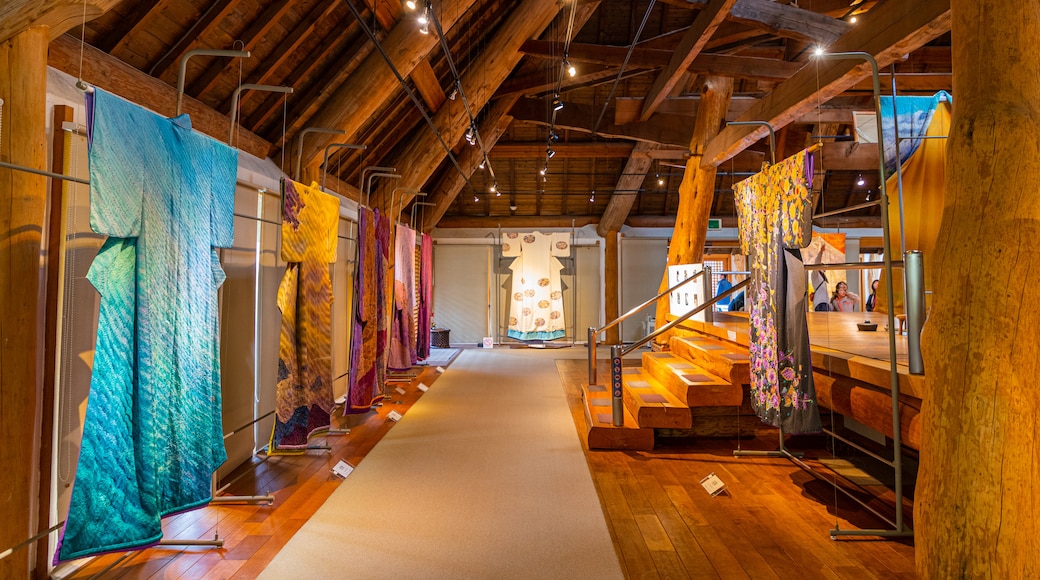
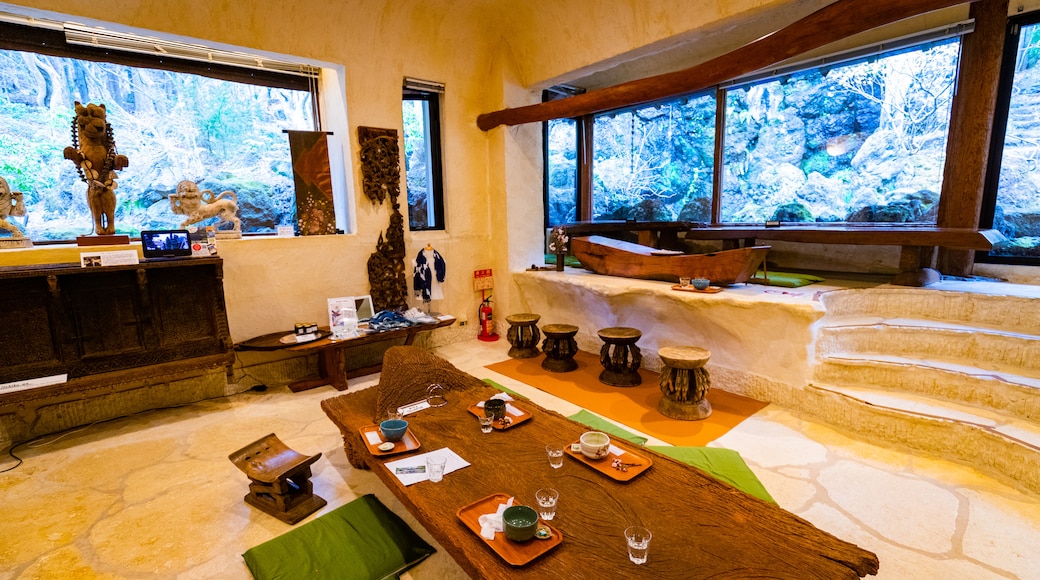
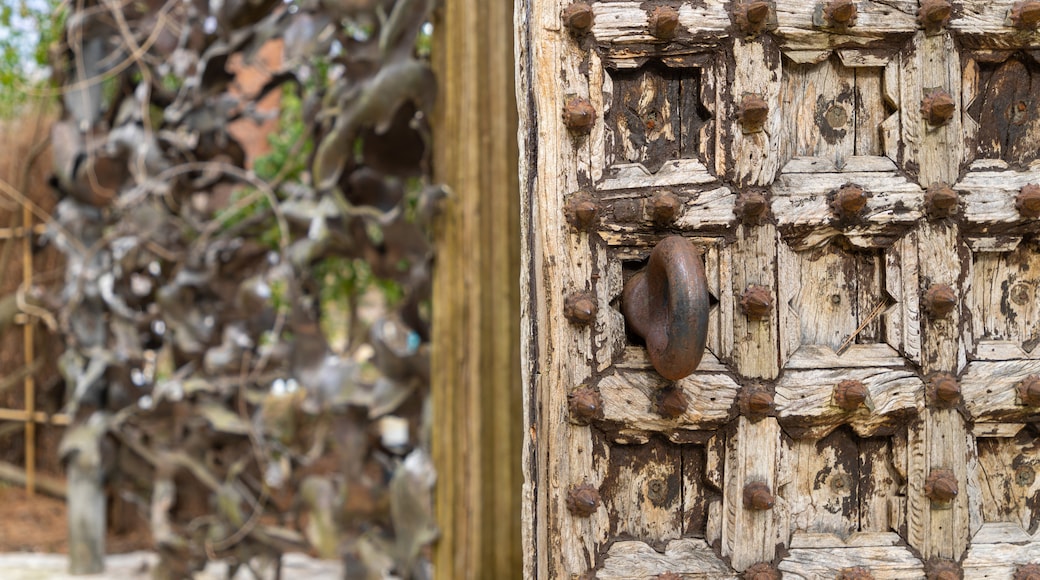
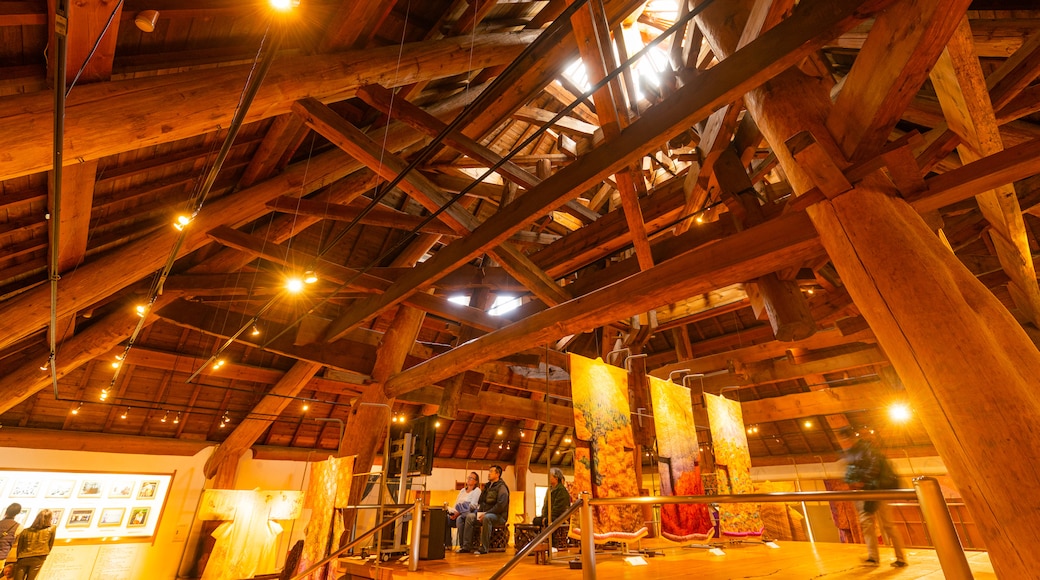
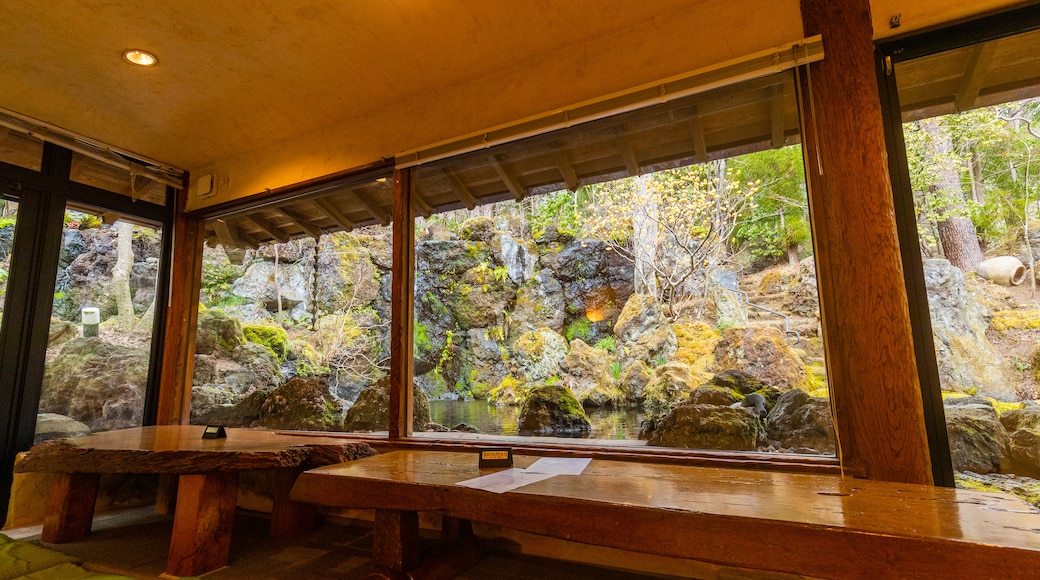
Visita Museo de Arte Itchiku Kubota
Haz planes y viaja a Museo de Arte Itchiku Kubota

MONday Apart Hamamatsucho Daimon
Enviada el 1 dic. 2024
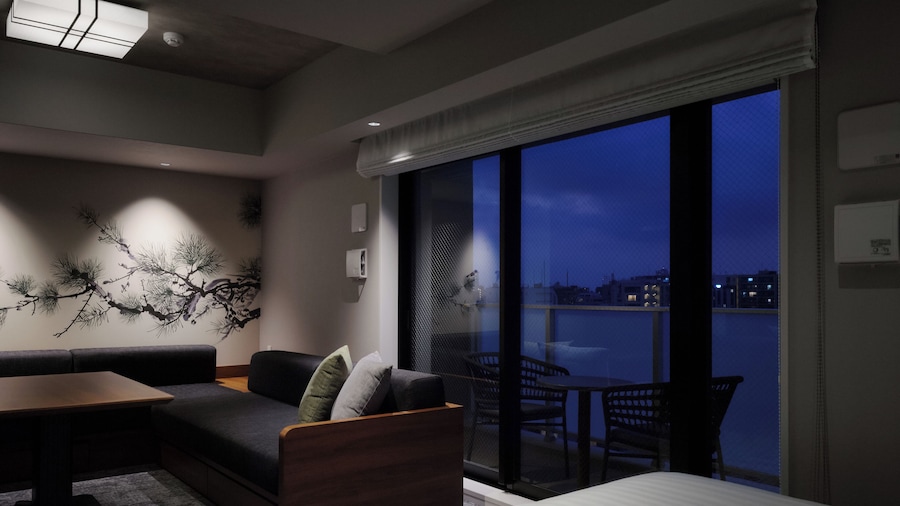
MONday Apart Premium Asakusa
Enviada el 16 ago. 2025

GRAND MONday GINZA
Enviada el 5 sept. 2025
Sitios más populares para visitar
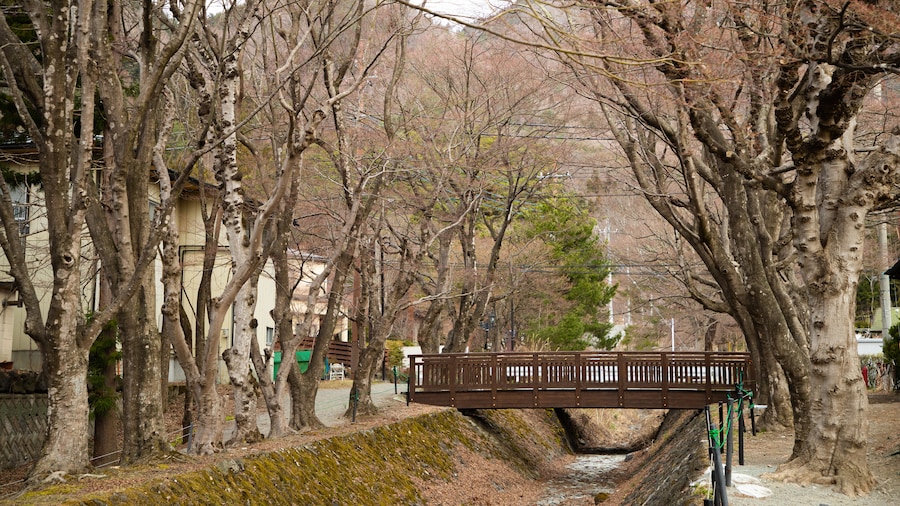
Sendero de los arces
Para saber más sobre la historia de Fujikawaguchiko, solo tienes que pasar por Sendero de los arces. En esta zona con una rica herencia cultural, te recomendamos visitar la orilla del lago.
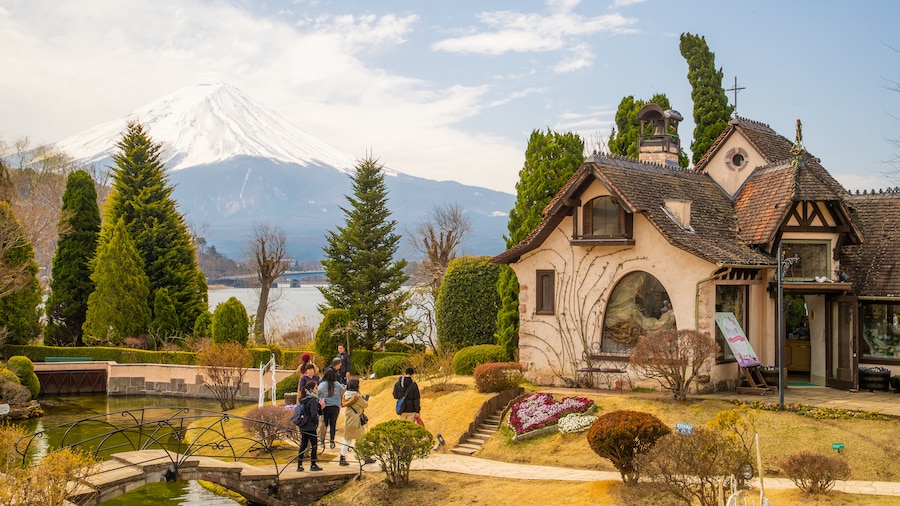
Museo de la Música del Bosque Kawaguchiko
Pasa un día entre las exhibiciones del Museo de la Música del Bosque Kawaguchiko cuando viajes a Fujikawaguchiko. En esta zona tranquila, te recomendamos visitar la orilla del lago.
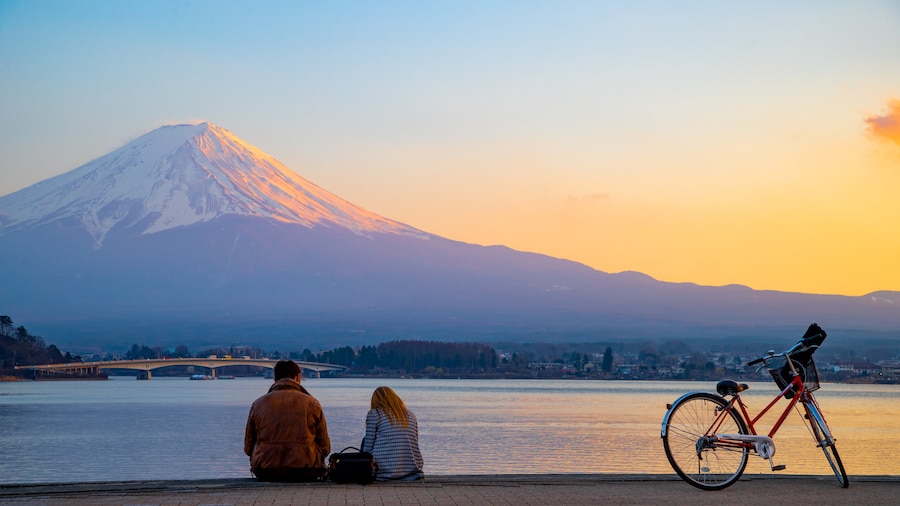
Lago Kawaguchi
Disfruta al máximo la vida al aire libre en Lago Kawaguchi, un lugar ideal para conectarte con la naturaleza en Fujikawaguchiko. En esta zona tranquila, te recomendamos visitar la orilla del lago.
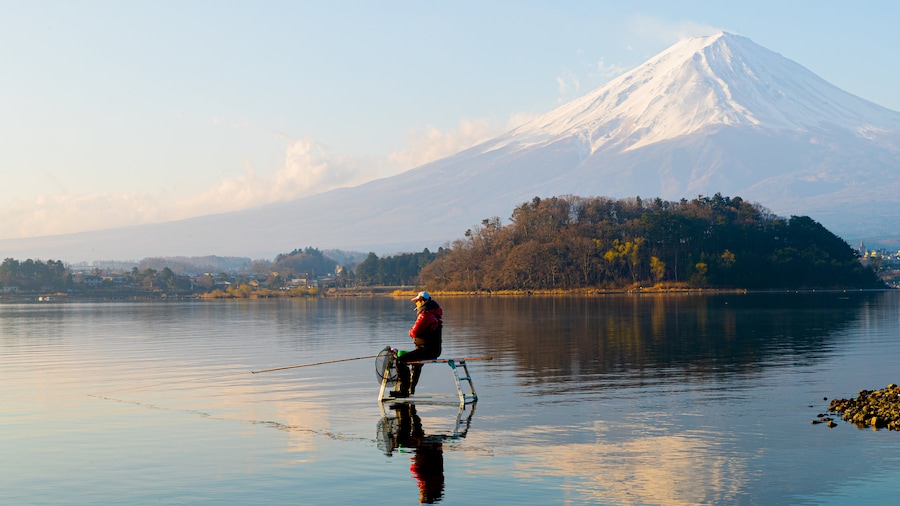
Parque Oishi
Disfruta de la vida al aire libre en Parque Oishi, un lugar de Oishi ideal para conectarte con la naturaleza. En esta zona tranquila, te recomendamos visitar la orilla del lago.
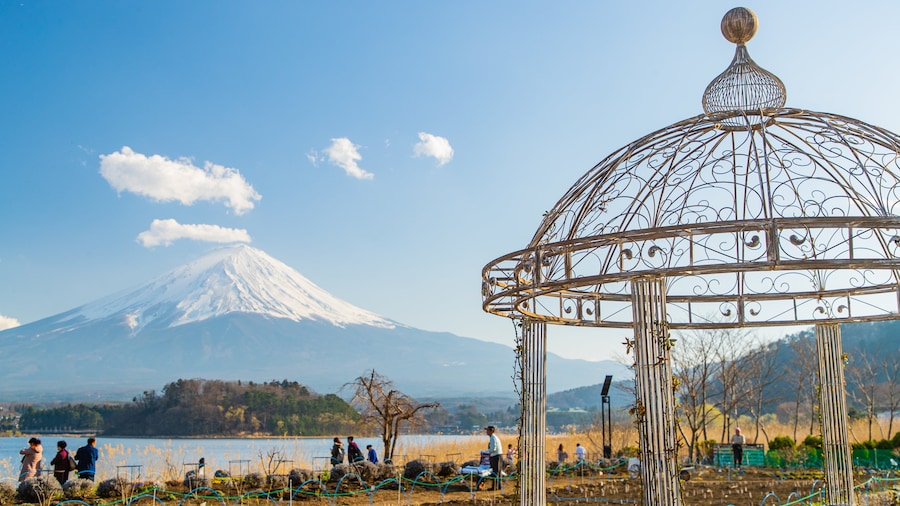
Centro de Vida Natural Kawaguchiko
Pasa un día observando las exhibiciones en Centro de Vida Natural Kawaguchiko en Oishi. En esta zona con una rica herencia cultural, te recomendamos visitar la orilla del lago.
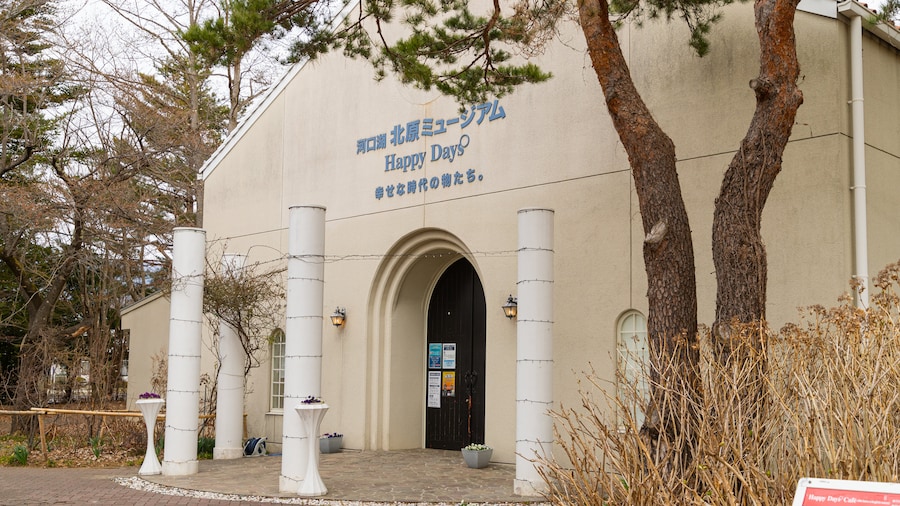
Museo de Juguetes Happy Days de Kitahara en el Lago Kawaguchi
Haz tiempo para visitar Museo de Juguetes Happy Days de Kitahara en el Lago Kawaguchi cuando viajes a Fujikawaguchiko. En esta zona tranquila, te recomendamos visitar la orilla del lago.
Ofertas para los mejores hoteles
Consulta disponibilidad de hoteles cerca de Museo de Arte Itchiku Kubota

Toyoko Inn Fuji Kawaguchiko Ohashi

La Vista Fuji Kawaguchiko

Villa Ensoleille

Mt.Fuji Glamping Terrace MINENOHANA

Lake Villa Kawaguchiko

HOSHINOYA Fuji

HAOSTAY KAWAGUCHIKO ART MUSEUM.

MISANAGI
